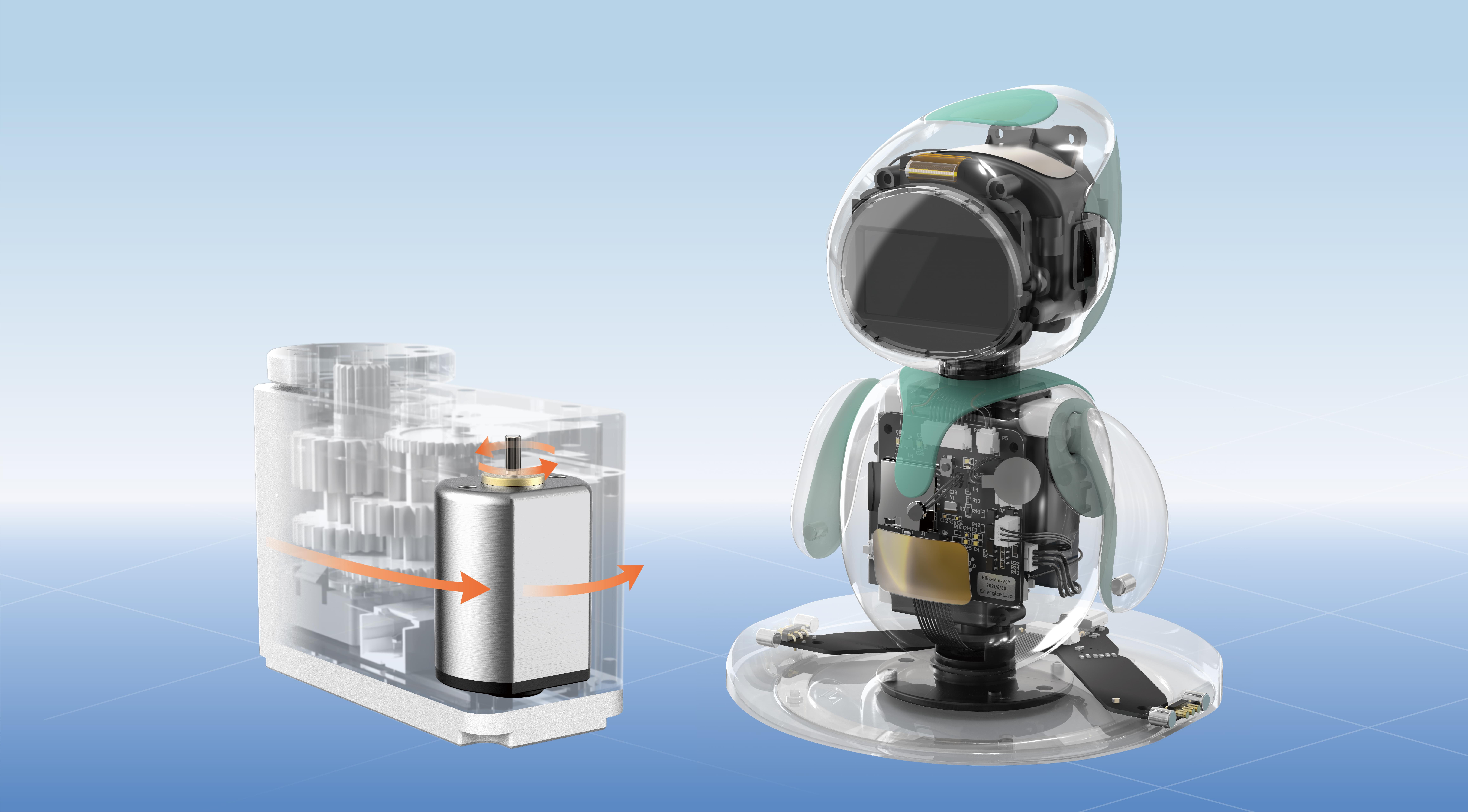part 1:
When it comes to modern industry, automation, and high-performance machinery, few components are as pivotal as the servo motor. Among these, the big servo motor stands out as a titan—combining immense power with pinpoint precision. It’s a technology that embodies the perfect marriage of engineering mastery and innovative design, enabling machines to perform complex tasks often thought impossible just a few decades ago.

The Rise of the Big Servo Motor
Servo motors have been a staple in automation for decades, but the evolution toward larger, more powerful variants has marked a new era. Big servo motors are specially designed to cater to applications demanding high torque and rapid response times over wide operational ranges. These motors are often found in large-scale manufacturing, aerospace, robotics, maritime, and even renewable energy sectors where robust, reliable, and precise motion control is non-negotiable.
This rise is not coincidental—it stems from an increasing need for machinery that can handle heavier loads with greater accuracy. Think about assembly lines handling massive components, robotic arms manipulating heavy objects, or ships adjusting massive sails—each scenario demands a motor that can deliver both brute force and finesse. Enter the big servo motor, a high-performance powerhouse that delivers just that.
Engineering Brilliance: How Big Servo Motors Work
At their core, big servo motors utilize advanced electrical and mechanical engineering principles. They convert electrical energy into rotational motion with exceptional efficiency. What sets them apart, however, is their ability to operate with continuous high torque while maintaining precise control over speed and position.
A typical big servo motor features a powerful stator windings, high-quality magnetic materials, and sophisticated control circuits. The core principle involves feedback mechanisms—usually encoders or resolvers—that constantly monitor the motor’s position and speed. This real-time data feeds into a control system, which adjusts the current supplied to the motor windings dynamically. Such control ensures that the servo motor responds accurately to commands, even under heavy loads or challenging conditions.
Power Meets Precision: Engineering Challenges
Designing a big servo motor involves solving some unique engineering challenges. First, thermal management becomes crucial—these motors generate significant heat, especially during high-torque operations. Engineers integrate advanced cooling systems, such as liquid cooling or specialized ventilation, to keep operational temperatures within safe limits.
Second is the issue of inertia. Heavy-duty motors have to handle not just the load’s weight but also its dynamic behavior. To address this, engineers often optimize the motor's construction, including optimized rotor designs and lightweight materials, to improve responsiveness without sacrificing stability.
Third, noise and vibration become more pronounced with larger motors. Precise balancing and vibration damping techniques are employed to ensure smooth operation, reducing wear and extending the lifespan of the motor and connected machinery.
The Heart of Industry: Applications of Big Servo Motors
In manufacturing, big servo motors are key players. They power CNC machines, large robotic arms, and automated assembly lines, enabling high-speed, high-precision operations. For example, in automotive manufacturing, they control the movements of massive robotic units that weld, paint, and assemble vehicles flawlessly.
The aerospace industry relies heavily on large servo motors for controlling flaps, elevators, and even spacecraft actuators. These motors’ ability to deliver accurate, rapid responses ensures safety and efficiency in critical flight systems. Marine applications use big servo motors for controlling massive rudders and stabilizers, often operating under extreme conditions of humidity, salt, and temperature.
Robotics, increasingly prevalent in both industrial and service sectors, benefits immensely from these motors. Large robotic arms used in logistics—lifting heavy pallets and crates—depend on the torque and response capabilities of big servo motors to perform reliably.
The Role of Control Systems in Big Servo Motor Performance
A driving factor behind the effectiveness of big servo motors is their complex control algorithms. These algorithms, often based on PID (Proportional-Integral-Derivative) control or advanced model predictive control, allow the motor to respond dynamically to changing loads and conditions.
Feedback devices, like encoders with high resolution, feed precise positional data back to the control system. This continuous loop ensures that the motor maintains the desired position and velocity, even in the face of external disturbances or changes in load.
In recent years, the integration of digital control systems—sometimes called “smart” servo drives—has further enhanced capabilities. These systems can analyze data, predict maintenance needs, and optimize performance, extending the lifespan of big servo motors and reducing operational costs.
Kpower has delivered professional drive system solutions to over 500 enterprise clients globally with products covering various fields such as Smart Home Systems, Automatic Electronics, Robotics, Precision Agriculture, Drones, and Industrial Automation.




































